HAITI
The first WACONE water well.
NORD, L'ACUL-DU-NORD, HAITI
LATITUDE: 19.694538, LONGITUDE: -72.157718
October 21-27 2018
Our Work
The team of ten left from Philadelphia International Airport on a Sunday morning to fly into Haiti to work with Living Water International (LWI). Our team was composed of six women and four men. We were greeted by the LWI team in Haiti and went straight to the team house where the staff welcomed us with open arms. The next morning we went straight to work, loading the trucks with material and headed to the school where our first water well would be and where we would meet dozens of children who were more than excited to see us. We did a community walk to introduce ourselves to the neighborhood and express our joy in being there. Throughout the week roles were shared among our team members, all the way from handling a two thousand pound drilling machine to simply playing soccer with the kids in the yard. Hygiene lessons were given to the children and community members daily, using the classrooms at the school. That week we would dig down over 100ft into the ground to finally hit clean drinking water. When the well was assembled on day five our team signed the inside casing of the pump. One tally mark was drawn for each of the donors of this water well that would serve over 380 people in the community but also allow the kids to have clean water for the next 20 years. This water well would not have been possible without the generosity of all who gave. This was just the beginning…
About the community
The Ecole Nationale Sans Soucis, was oppressed by the weight of a water crisis. The entire community of 380 people was reliant upon one pump, one unprotected spring, a river, and rainwater collection for all of their needs. The water sources were all a great distance away from the school, and so students spent much of their days away from the classrooms in search of water. They were not only collecting water for themselves, but also for their families since children were the primary water collectors in the community.
Tragically, the water in the sources was contaminated with both debris and microbes invisible to the naked eye. The children were frequently struck with illness after being in contact with and consuming this water. This not only harmed their bodies, but their learning potential. Thirst compelled them to leave their classrooms to collect unsafe water, and the resulting illnesses robbed more of their valuable time they should have been using to learn. The entire community was suffering from this vicious cycle of contamination and illness, but the school was at the greatest disadvantage. The community members were determined to help their children grow up in a healthier environment. But they knew this was not something they
could bring about on their own since they had neither the capability nor the resources needed to provide safe water for their children. They knew they needed to seek out help.

